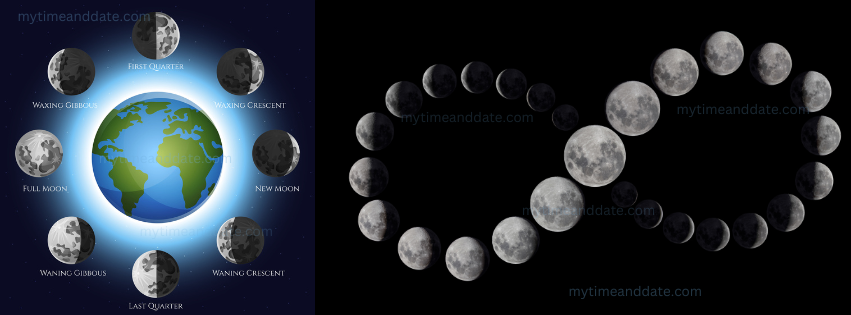Have you ever wondered why February is the shortest month with only 28 days? It seems odd, doesn’t it? Most months have 30 or 31 days, but February feels different. The reason behind February’s short length is a story filled with ancient decisions, Roman rulers, and clever calendar adjustments. Let’s dive into the fascinating history of why February has 28 days only.
Click year to check your year is Leap Year or not.
The Roman Calendar and Its Problems
Long ago, people used the Roman calendar, which was very different from the one we use today. The Roman calendar originally had 10 months, starting in March and ending in December. Back then, January and February didn’t even exist! The year was only 304 days long, and the remaining winter days were simply ignored.
When King Numa Pompilius became the second ruler of Rome, he decided to make the calendar more accurate. He added two new months: January and February. This made the calendar 355 days long. But there was still a problem. To match the solar year (365 days), an extra month had to be added every few years.
February’s Unlucky Fate
Romans believed even numbers were unlucky. To avoid bad luck, most months were given odd numbers of days, making them 29 or 31 days long. But to fit all the months into the 355-day calendar, one month had to be even. February was chosen, and it got 28 days.
February was also the month of purification and sacrifice in ancient Rome. This made it a less important month compared to others, which is why it was shortened.
In 45 BCE, Julius Caesar made big changes to the calendar. He introduced the Julian calendar, which had 365 days and a leap year every four years. Leap years gave February an extra day, making it 29 days long every four years.
Caesar’s calendar made the year more accurate, but February’s short length stayed the same. This was because February had already been set as the shortest month for centuries, and no one saw a reason to change it.
The Leap Year Rule
The leap year is a clever way to keep our calendar in line with the Earth’s orbit around the Sun. Without it, seasons would slowly drift over time. February is the month that adjusts for this difference. Every four years, we add an extra day to February, making it 29 days long.
Fun Facts About February
- February is the only month that can have fewer than 30 days.
- In leap years, February has 29 days, and the next leap year will be in 2028.
- February once had 30 days during the time of the Roman Republic but was later shortened.
- The word “February” comes from the Latin word Februa, meaning purification.
Why February Stays Short
Even though our modern calendar is different from the Roman one, February’s 28 days remain unchanged. It’s a tradition rooted in ancient history and Roman beliefs. While it may seem unfair that February is so short, it plays an important role in keeping our calendar accurate.
Conclusion
The story of February’s 28 days is a reminder of how ancient decisions shape our lives today. What started as a way to fix a broken calendar has become a fascinating part of history. So, next time someone asks why February has 28 days, you’ll know the answer!
FAQs
1. Why does February only have 28 days?
February has 28 days because of ancient Roman beliefs and calendar adjustments. Romans thought even numbers were unlucky, and February was chosen to be a short month with 28 days to balance the calendar.
2. Who decided February would have 28 days?
King Numa Pompilius of Rome made February a 28-day month when he created a 12-month calendar. Later, Julius Caesar kept February’s length in the Julian calendar.
3. What is the reason for leap years?
Leap years are added to align the calendar with Earth’s orbit around the Sun. Without leap years, seasons would slowly shift over time. February gets an extra day during leap years.
4. How did the Roman calendar work before February?
The Roman calendar originally had only 10 months, starting in March and ending in December. January and February were later added to make the calendar more accurate.
5. What makes February special compared to other months?
February is unique as the only month with fewer than 30 days. It also adjusts during leap years, gaining an extra day to keep the calendar accurate.
6. Why didn’t Julius Caesar change February’s length?
When Julius Caesar introduced the Julian calendar, he kept February as the shortest month because it was already set that way for centuries.
7. What is the origin of the name February?
The name “February” comes from the Latin word Februa, meaning purification. It was a time for purification rituals in ancient Rome.
8. Can February have 30 days?
February can only have 28 or 29 days in our current Gregorian calendar. However, during the Roman Republic, February once had 30 days.
9. Why do people say February is unlucky?
In ancient Rome, even numbers were considered unlucky. February, with 28 days, was associated with rituals and sacrifices, giving it a less favorable reputation.
10. What would happen without leap years?
Without leap years, our calendar would slowly drift, causing seasons to shift over time. Leap years ensure that the calendar stays in sync with Earth’s orbit.



